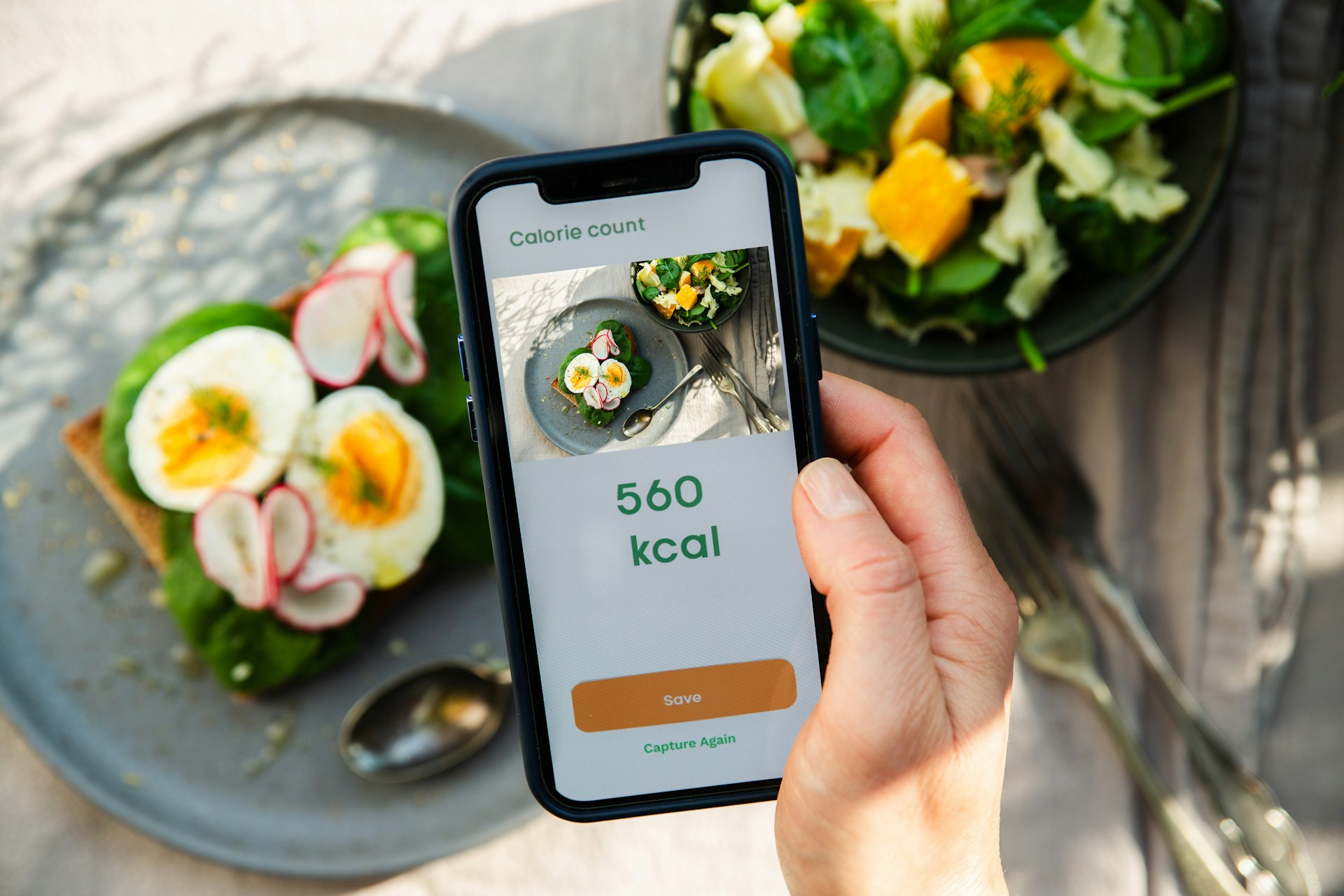There are other methods you can use to boost fertility before turning to costly medical procedures. Here’s what to try before IVF.

There are other methods you can use to boost fertility before turning to costly medical procedures. Here’s what to try before IVF.
IVF, or in-vitro fertilization, is the process most people think of first when they consider getting medical assistance to conceive. You might also know it as the “test tube method.”
IVF involves extracting eggs from a person’s ovaries, fertilizing them with sperm outside of the body, and then reinserting any viable, fertilized embryos back into the uterus, where they can begin to develop into a baby.
While IVF certainly enjoys the biggest reputation of all the fertility treatments, it’s not a one-size-fits-all solution to infertility. One of the big reasons for this is its price tag: Since IVF is an invasive, non-mandatory procedure, it can cost between $15,000 and $30,000 for a single IVF cycle, and not all insurance providers will even partially cover that cost.
>>MORE: Infertility is Expensive. Here Are 7 Ways To Save Money When Trying to Conceive.
Luckily, there are other fertility treatment options out there. They may not all have as high a success rate as IVF, which leads to successful pregnancies in 55% of people under 35, but they have other perks — some can be non-invasive, others are inexpensive, and some can even be done at home.
How to choose your path to parenthood
Infertility is one of those dreaded diagnoses that aren’t actually as bad as they sound. Being infertile is simply defined as actively trying to conceive for six months without becoming pregnant, in people under 35, or for twelve months in people over 35. In other words, an infertility diagnosis doesn’t mean you’ll never conceive; it just means you haven’t yet.
Still, an infertility diagnosis is a wake-up call that you might want to start considering alternative fertility treatments. The most important thing to figure out at this point in your fertility journey is where the problems lie, so that you and your healthcare provider can collaborate on a fertility plan that targets those particular issues.
Here are a few options for infertility treatments aside from IVF, along with the specific problems that they target.
Lifestyle and health changes
If you aren’t ovulating regularly (or at all), that means that no matter how much intercourse you’re having, it’s going to be difficult to conceive. There are several natural adjustments you can try to help regulate your menstrual cycle, so that you know if and when you’re ovulating.
One of these strategies is to make lifestyle changes. If you’re very underweight or regularly doing a lot of strenuous exercise, your body is going through stress that can prevent your period from coming; on the flip side, if you’re very overweight, your body often produces increased estrogen, which can also stop you from ovulating.
A diet that is high in antioxidants and fiber and low in trans fats will help your period regulate itself naturally. That means eating plenty of fruit, veggies, nuts, and grains, and less processed products.
>>MORE: Oova 101: How Your Diet Can Affect Fertility
Ovulation tracking
Another non-invasive way to boost fertility is by keeping track of your cycle and knowing when you’re ovulating. If you know exactly when you ovulate each month, you’ll be able to have timely intercourse to target your fertile window, the period between when an egg leaves your ovaries and when it leaves your body.
There are several methods to track your ovulation from home. You can use a calendar and calculate to find your fertile window based on the average length of your cycle; you can track changes in your discharge; you can measure when your basal body temperature (BBT) rises; and you can track your hormone levels via urine tests. These options vary in terms of reliability — if you’re just doing the math or checking on the texture and smell of your discharge, your estimate of when you’re ovulating is going to be very rough, especially if your cycle is irregular (like most people’s!).
Oova makes hormone-tracking urine testing devices that are able to pinpoint your exact fertile window. Oova’s fertility testing kit is the first at-home ovulation test that gives insight into both luteinizing hormone (LH) levels and progesterone levels. By tracking changes in the levels of both of these hormones and using AI to learn about your cycle, Oova can detect ovulation in people with irregular cycles, for whom regular, one-hormone ovulation tests wouldn’t be able to do the trick.
Medical interventions
With the data you collect from ovulation tracking, you’ll likely be closer to knowing where your issues with fertility fall. If your infertility is related to the fact that your eggs aren’t reliably making their way down the fallopian tubes, your healthcare provider might suggest that you look toward medical interventions to treat infertility.
There are a few main drugs used for ovarian induction (OI). The tamer of these options is a hormonal pill called clomiphene citrate, which you can take twice daily for five days of your cycle. A more-intense alternative is gonadotropins, which are administered in the form of daily shots and are more powerful than clomiphene citrate. All OI drugs are designed to prompt your ovaries to release eggs.
If you’ve been diagnosed with conditions like polycystic ovarian syndrome, your doctor might also prescribe antidiabetic drugs to help regulate your cycle.
>>MORE: PCOS and Pregnancy: What to Know If You're TTC with PCOS
Assisted reproductive technologies
Finally, if medical interventions aren’t working, you might graduate to the realm of assisted reproductive technologies, or ARTs. These fertility-boosting methods all involve technology, but not all of them require serious surgery.
For example, many people choose to opt for intrauterine insemination, or IUI, before doing IVF. IUI, also known as the turkey baster method, is a process where sperm is inserted artificially into the uterus. IUI is often used for couples whose sperm is not particularly strong, or in cases where sperm donation is necessary.
Other, more-intense ARTs include options like transfers of fallopian tubes or frozen embryos, intravaginal cultures, intracytoplasmic sperm injection. If you’d like to find out more about these ARTs, ask your doctor if they’re a good fit for your specific situation.
When to do IVF
So, when is it time to trying IVF? Doctors will generally make you wait for an official infertility diagnosis before recommending you for IVF. That means a full year of trying to conceive for people hoping to carry a child that are under 35, and six months for those above 35.
If you and your partner struggle with fertility issues like blocked fallopian tubes, low sperm count, and severe endometriosis, IVF is probably a good option for you. It’s also one of the only options for people looking to use donor eggs or sperm or gestational carriers to conceive.
At the end of the day, your personal fertility journey may very well end up depositing you at IVF’s door — this expensive process is, after all, one of the most reliable fertility treatments.
However, you may also have the power to pick and choose your fertility treatments along the way, and one of these less-invasive options might end up working for you. Keep in mind that there is no singular correct fertility path — each person’s body is different, and therefore everyone might require different treatment to have successful conception.
About the author

Sources
About the Oova Blog:
Our content is developed with a commitment to high editorial standards and reliability. We prioritize referencing reputable sources and sharing where our insights come from. The Oova Blog is intended for informational purposes only and is never a substitute for professional medical advice. Always consult a healthcare provider before making any health decisions.



